Exploring Humor in Animals
When considering the distinctive features of our species compared to others, a sense of humor often stands out prominently.

The inclination towards laughter and comedy appears to be deeply embedded in human nature. Even young infants exhibit signs of amusement at just three months old when their caregivers make funny faces, with their ability to elicit laughter developing further by the age of eight months.
Parents often witness their children embracing the role of jesters, deliberately engaging in mischief with mischievous grins adorning their faces. However, a recent study suggests that humans might not be the sole beings drawn to playful antics. Animals, too, have the capacity to elicit laughter.
Isabelle Laumer, a postdoctoral researcher at the University of California, Los Angeles (UCLA), delved into over 75 hours of footage featuring great apes interacting within their social groups. Great apes, such as orangutans, chimpanzees, bonobos, and gorillas, are our closest living relatives, known for their complex social behaviors.
The observations revealed a spectrum of playful behaviors among the chimpanzees residing in zoos. These behaviors included poking, hitting, obstructing movements, body-checking, and tugging on body parts, all serving as forms of provocation and amusement among the apes.
Notably, instances of chimpanzees dangling body parts or objects in front of their peers' faces and orangutans playfully pulling each other's hair were captured, shedding light on the potential for humor and playfulness in the animal kingdom.
Unveiling the Playful Nature in Animals
Isabelle Laumer, the primary author of the study, recounts instances of playful behavior among young chimpanzees, noting their deliberate and persistent actions to provoke reactions from adult chimpanzees engrossed in tending to others.
The chimpanzee youngsters would engage in behaviors like poking and hitting the adults, awaiting their responses eagerly. The adults often chose to ignore the playful disruptions, leading the juveniles to escalate their antics with heightened complexity until resorting to more forceful interactions.
The researchers draw parallels between this playful dynamic observed in great apes and the behaviors exhibited by human children, emphasizing intentional provocation, persistence, and elements of surprise and assessment of others' reactions.

This playful exchange mirrors activities like sticking out one's tongue playfully in human interactions, serving as the foundation for more intricate forms of humor. Laumer highlights the cognitive complexities involved in such interactions, including theory of mind, comprehension of social norms, anticipation of reactions, and the appreciation of subverting expectations, all evident in these playful engagements.
The ability of all four great ape species to engage in teasing behaviors implies the presence of a shared sense of humor among our common ancestor from 13 million years ago.
While some scientists suggest that humor extends more broadly across the animal kingdom, referencing Charles Darwin's observations on dogs displaying playful behaviors akin to humor, contemporary studies further support this notion.
For instance, Patricia Simonet's research demonstrated that dogs produce a laughter-like sound during play, which was found to alleviate stress in shelter dogs. Additionally, evolutionary biologist Marc Bekoff has amassed extensive evidence showcasing playful behaviors in dogs that align with the playful interactions observed in great apes, underscoring the universality of play and humor across species.
Unveiling Playfulness Across Species
Noteworthy instances of playful behaviors are observed across various animal species, as highlighted by Professor Marc Bekoff. These playful interactions extend beyond dogs to encompass wild canids like foxes, coyotes, and wolves, where playful antics involve one animal playfully approaching another before darting away.
Bekoff recounts anecdotes of different species displaying playful tendencies akin to humor, illustrating how horses, bears, Asian black bears, and scarlet macaws exhibit behaviors that resonate with the characteristics of playful comedians.
Further research sheds light on the playful expressions in marine and terrestrial animals, such as dolphins emitting joyous sounds during playful sparring and elephants showcasing exuberant trumpeting and vigor when engaging in play.

Notably, parrots are known to engage in playful teasing by whistling or bewildering their companions, including the family dog. Even rats, intriguingly, demonstrate a penchant for playfulness, as evidenced by Research Professor Jeffrey Burgdorf's work at Northwestern University, where rats emit laughter-like squeals when tickled.
These studies underscore that animals exhibit heightened attentiveness and connectivity when engaging in playful behaviors, fostering the formation of new neural connections and synapses, a testament to the brain's enhanced performance during play.
The debate over whether animals possess a sense of humor persists, with many instances pointing towards playful interactions that mimic humor, although concrete evidence remains elusive due to limited large-scale studies.
Professor Bekoff acknowledges the challenges in definitively proving animals' sense of humor, citing instances like dogs craftily manipulating mealtime interactions as potentially indicative of humor or learned behavior for gain.
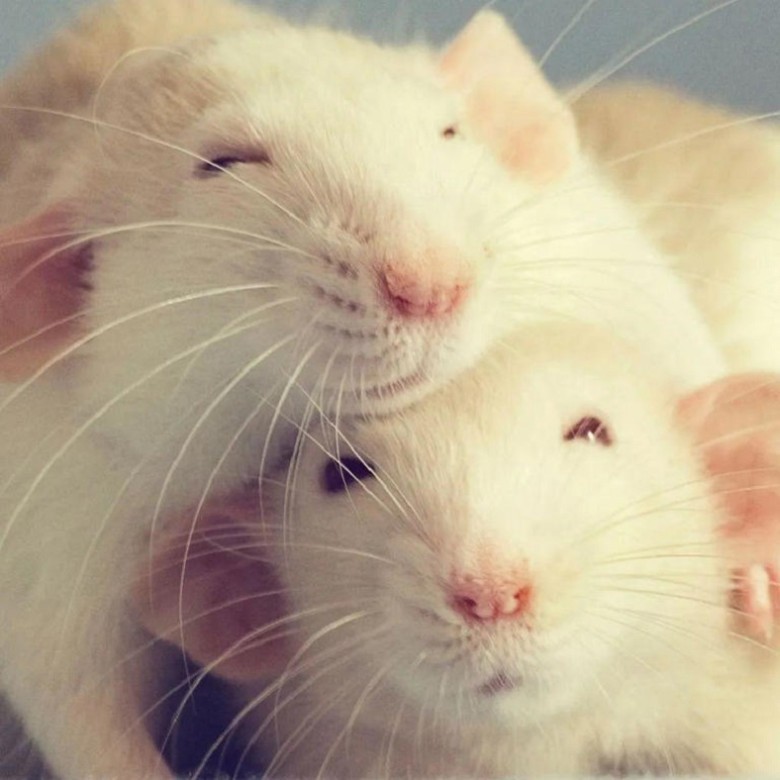
Exploring the evolutionary significance of humor in animals, paralleling the role laughter serves in human connections, researchers speculate that humor could potentially operate as a social lubricant in animal interactions, fostering camaraderie and relationship-building.
To unveil the nuances of humor across species definitively, rigorous and broad observational studies across diverse primate groups and other species are imperative. By delving deeper into the complexities of playful behaviors, researchers aim to decipher the role of humor in animal societies and its potential evolutionary implications.
















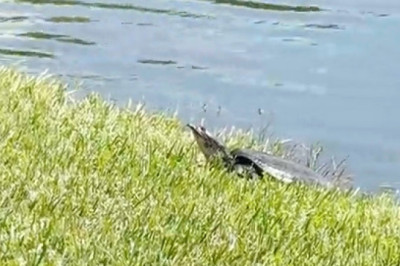
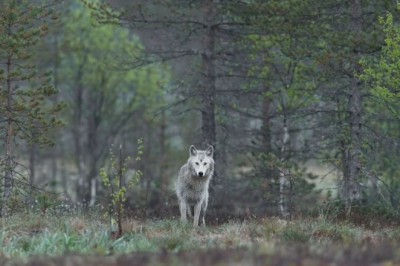

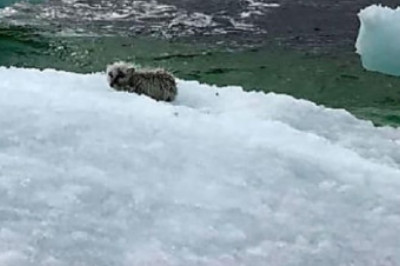

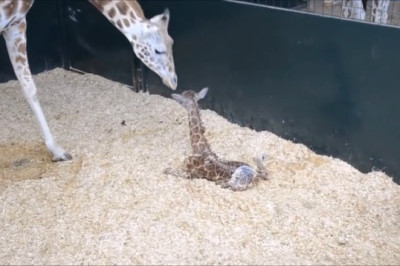


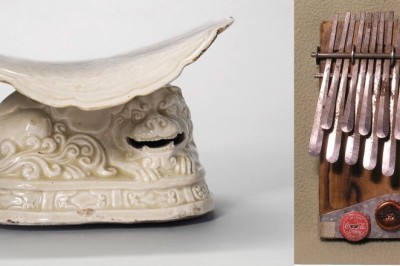
Comments
0 comment